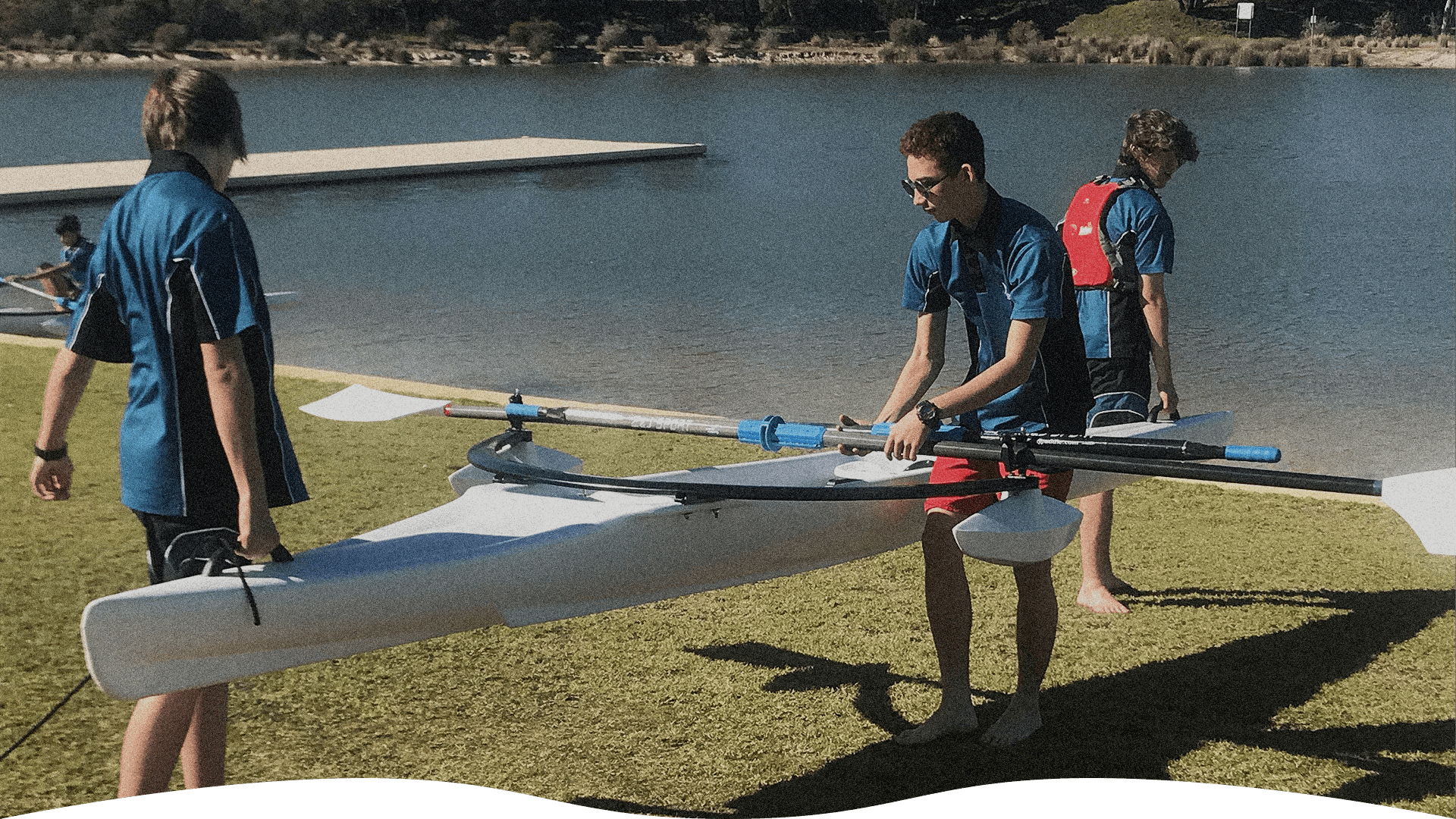

Changing the Lives of Young
People Through Rowing
The Making Waves program aims to change the lives of young people, using rowing as a platform to provide new life skills and stronger links to higher education.
Modern Rowing as a Competitive Sport
While rowing, the athlete sits in the boat facing toward the stern, and uses the oars which are held in place by the oarlocks to propel the boat.
- In sweep or sweep-oar rowing, each rower has one oar, held with both hands. This is generally done in pairs, four and eights. In some regions of the world, each rower in a sweep boat is referred to either as port or starboard, depending on which side of the boat the rower's oar extends to. In other regions, the port side is referred to as stroke side, and the starboard side as bow side, this applies even if the stroke oarsman is rowing on bow side and / or the bow oarsman on stroke side.
- In sculling each rower has two oars, one in each hand. Sculling is usually done without a coxswain, in quads, doubles or singles. The oar is sculler's right hand extends to port, and the oar in the left hand extends to starboard.
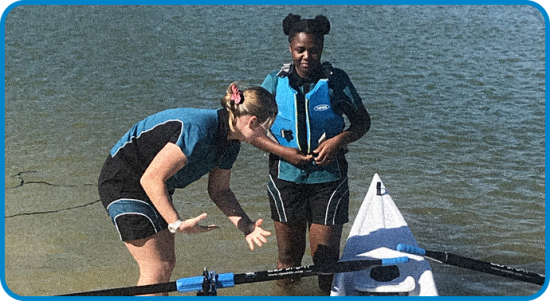
The rowing stroke may be characterized by two fundamental reference points. The catch, which is placement of the oar blade in the water, and the extraction, also known as the finish or release, when the rower removes the oar blade from the water. The action between catch and release is the first phase of the stroke that propels the boat.
At the catch the rower places the blade in the water and applies pressure to the oar by pushing the seat toward the bow of the boat by extending the legs, thus pushing the boat through the water. The point of placement of the blade in the water is a relatively fixed point about which the oar serves as a lever to propel the boat. As the rower’s legs approach full extension, the rower pivots the torso toward the bow of the boat.
Distinction From Other Watercraft
The distinction between rowing and other forms of water transport, such as canoeing or kayaking, is that in rowing the oars are held in place at a pivot point that is in a fixed position relative to the boat, this point is the load point for the oar to act as a second class lever, the blade fixed in the water is the fulcrum.
In flatwater rowing, the boat, also called a shell or fine boat is narrow to avoid drag, and the oars are attached to oarlocks, also called gates, at the end of outriggers extending from the sides of the boat.
Racing boats also have sliding seats to allow the use of the legs in addition to the body to apply power to the oar.

Help Transform the Lives of More than 5.000 People Each Year
The Canning Bridge Classic

It's a new social regatta added to the calendar which will take place on the afternoon of the Rower of the Year awards, which will take on a new format in 2019.
2020 State Team Selection

It's a new social regatta added to the calendar which will take place on the afternoon of the Rower of the Year awards, which will take on a new format in 2019.
Rowing Championships
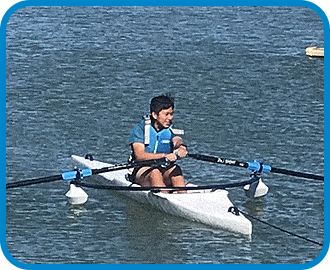
It's a new social regatta added to the calendar which will take place on the afternoon of the Rower of the Year awards, which will take on a new format in 2019.
Triple Header Weekend
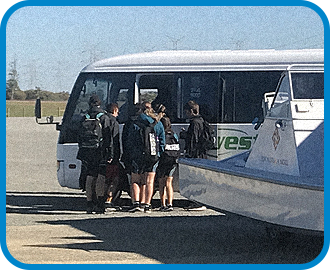
It's a new social regatta added to the calendar which will take place on the afternoon of the Rower of the Year awards, which will take on a new format in 2019.

Connect With Making Waves
Subscribe to our newsletter and get all of the most important news in your inbox.
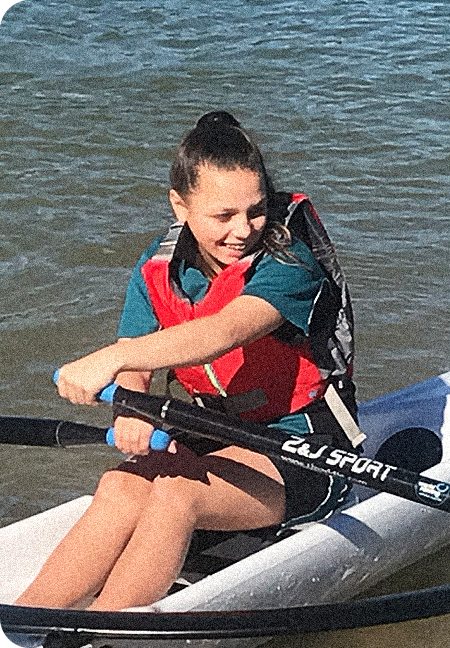
Sunday, 15th September 2019
Western Australia Champions Luncheon
- Starting Date: 15 September, 2019
- Ending Date: 24 September, 2019
- Location: Champion Lakes Regatta Centre, Henley Drive, Champion Lakes
- Program Type: Rowing
- Other Details: Seating will be tables of 8. Tickets are only $65.00 per person which includes a complimentary beverage on arrival.
Discover Our Partners





Download Latest Documents
Whole of sport policies are those which are mandated for use by sports funded by the Australian Federal Government and also other policies which are appropriate for adoption by the whole of the sport for reasons of good governance.

